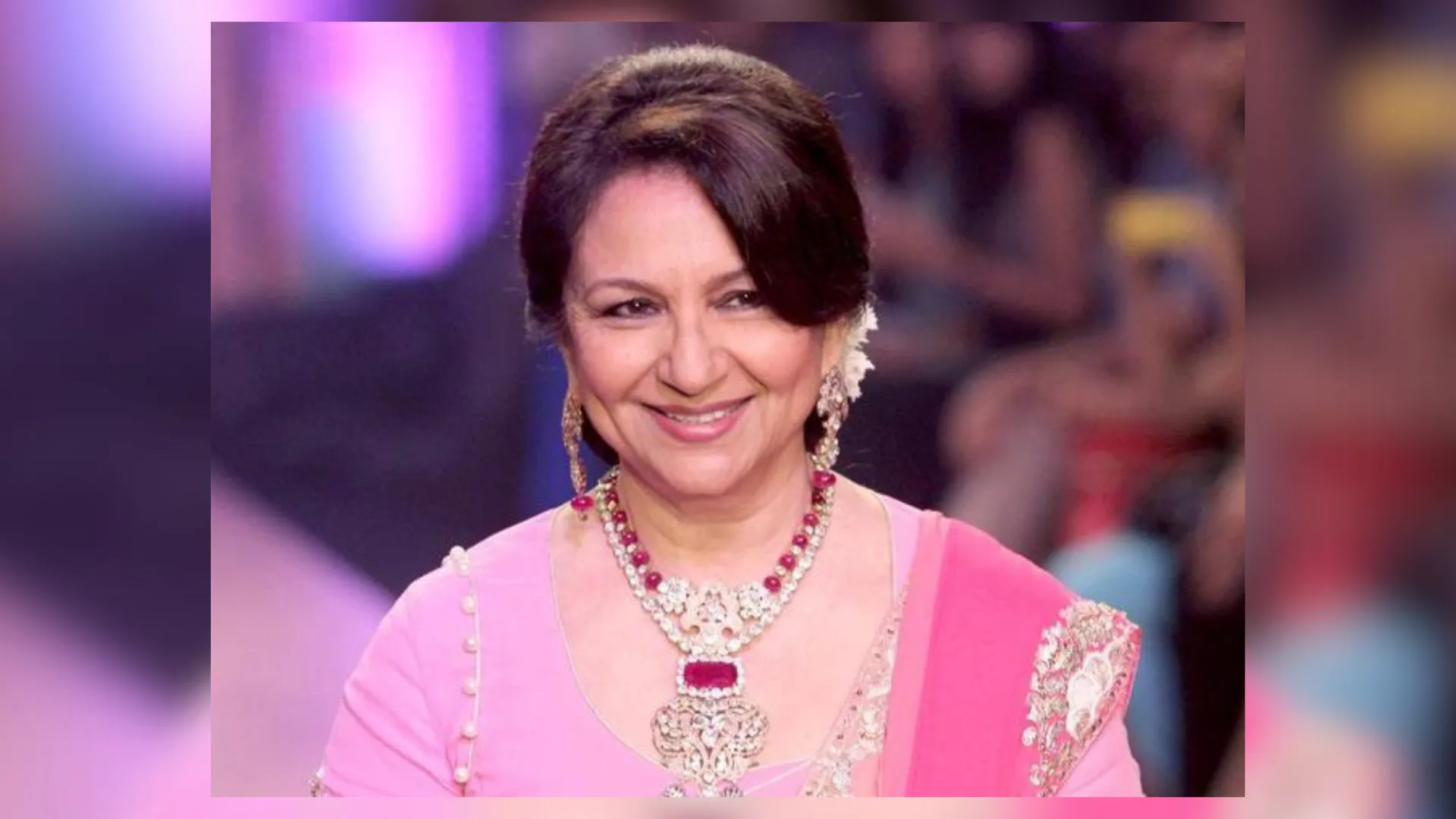On Wednesday, 26 constituencies across Jammu and Kashmir will head to the polls in the highly anticipated second phase of the Assembly elections. This phase is crucial, with a notable 15 of the seats located in the Kashmir division and the remaining 11 in Jammu.
Breakdown of the Seats
Among the 26 seats, nine are reserved for Scheduled Tribes, including Budhal, Gulabgarh, Mendhar, Rajouri, Surankote, Thannamandi, and Kangan, the latter being the only one in the Kashmir division. Notably, at least seven of these constituencies have been newly renamed or carved out of existing ones, roughly aligning with 24 seats prior to the 2022 delimitation.
Historical Context
The 2014 Assembly elections saw a fierce contest primarily between the Peoples Democratic Party (PDP), led by Mehbooba Mufti, and the National Conference (NC), headed by Farooq Abdullah. In that election, the PDP emerged victorious in 10 seats, while the NC secured eight. The Bharatiya Janata Party (BJP) won three seats and the Congress two, with the People’s Democratic Front claiming one.
In terms of vote share during that election, the PDP led with 31.04%, followed closely by the NC at 28.66%. The BJP and Congress garnered 12.53% and 14.19% respectively.
Fast forward to the 2019 Lok Sabha polls, held after the formation and collapse of the PDP-BJP coalition government, the PDP faced significant losses, failing to lead in any of the Assembly segments now voting. In contrast, the NC dominated, leading in 15 segments, while Congress and BJP led in six and three segments, respectively.
Voter Demographics and Candidate Profiles
For this phase, approximately 25.7 lakh voters are eligible to participate, including 13.09 lakh men and 12.61 lakh women. The turnout in 2014 was reported at 61.28%.
A total of 239 candidates are vying for seats, with 49, or 21%, having criminal cases registered against them. Notably, 55% of candidates are classified as “crorepatis,” with an average asset value of Rs 5.81 crore. The PDP has 73% of its candidates as crorepatis, while the Congress boasts all its candidates in this category.
Among the candidates, six women are contesting, accounting for just 3% of the total. The average age of candidates stands at 48.4 years, with the youngest being 25-year-old Faisal Fayaz and the oldest, 80-year-old Abdul Rahim Rather.
Key Contests to Watch
Several prominent battles are set to unfold, including:
- Central Shalteng: Congress J&K chief Tariq Hameed Karra faces off against PDP’s Abdul Qayum Bhat and Apni Party’s Zaffer Habib Dar, a former Hurriyat activist.
- Budgam: NC vice-president and ex-CM Omar Abdullah goes against PDP’s Aga Syed Muntazir Mehdi, a Shia cleric.
- Channapora: Apni Party chief Altaf Bukhari competes with NC’s Mushtaq Guroo, PDP’s Mohammed Iqbal Trumboo, and BJP’s Hilal Ahmad Wani.
- Ganderbal: Omar Abdullah from NC contends with PDP state secretary Bashir Ahmad Mir and Independent candidate Sarjan Barkati, a jailed cleric.
- Nowshera: BJP J&K chief Ravinder Raina takes on NC’s Surinder Choudhary and PDP’s Haq Nawaz.
As Jammu and Kashmir prepares for this pivotal phase of voting, the political landscape remains charged. With historical rivalries, newly carved constituencies, and significant voter interest, the results from this election could reshape the future of governance in the region. Voters are urged to participate actively and make their voices heard.
ALSO READ: How Did Ravinder Raina Rise To Become BJP’s Main Man In J&K Elections?




















